A New Tool in a New Era That Requires a New Approach
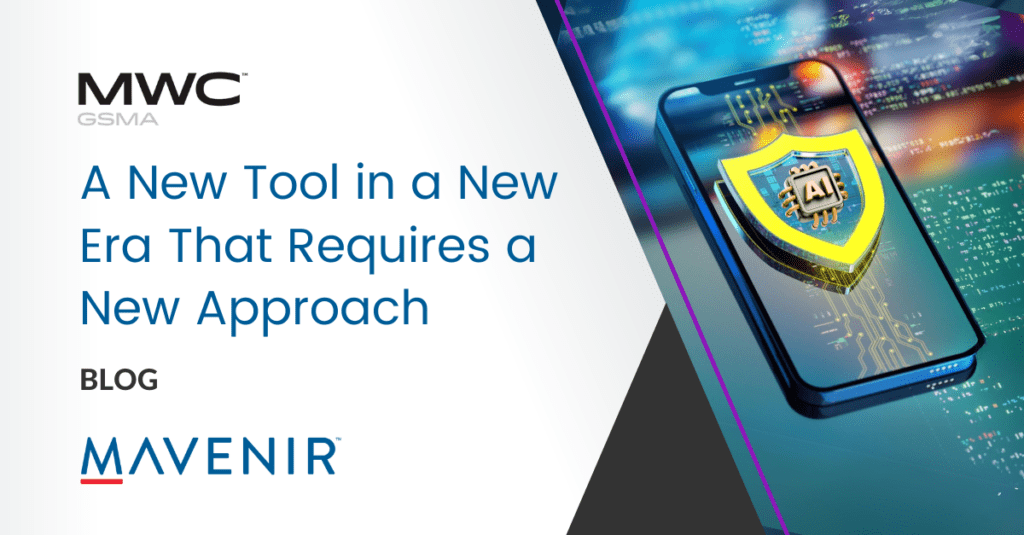
With the rapid uptake of Generative AI (GenAI), new security challenges are emerging as cybercriminals leverage the capabilities of the new technology.
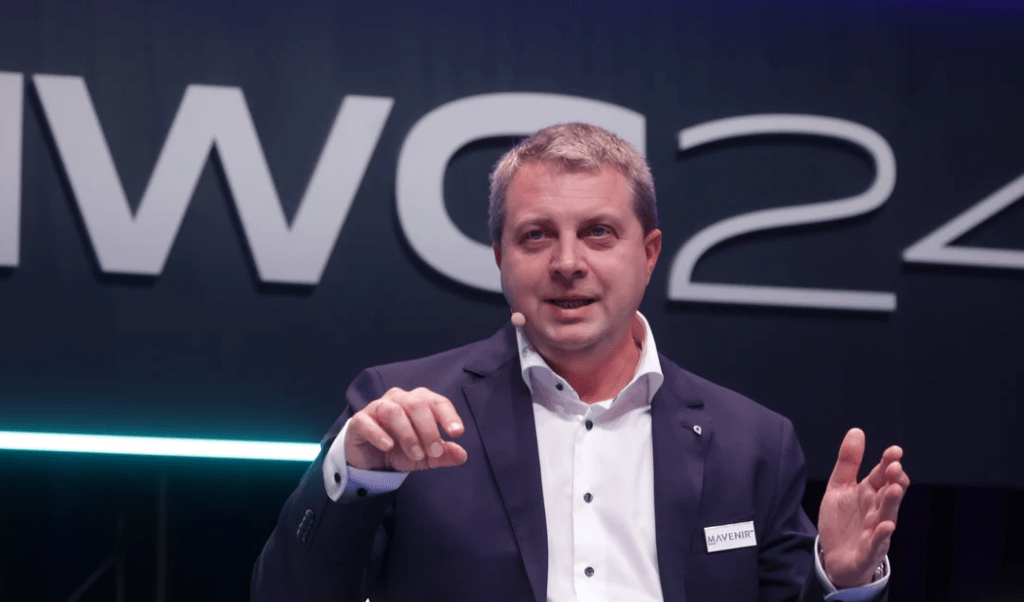
At MWC Barcelona this year I joined a panel discussion on the threats, vulnerabilities and solutions that are changing the security landscape and how Generative AI, when coupled with human expertise, can effectively enable real-time countermeasures against cyber threats.
The session was moderated by Sean Wessman from EY, and my fellow panellists were Elizabeth Green, Dell Technologies; Chris Novak, Verizon, and Olivier Bonnet De Paillerets, Orange.
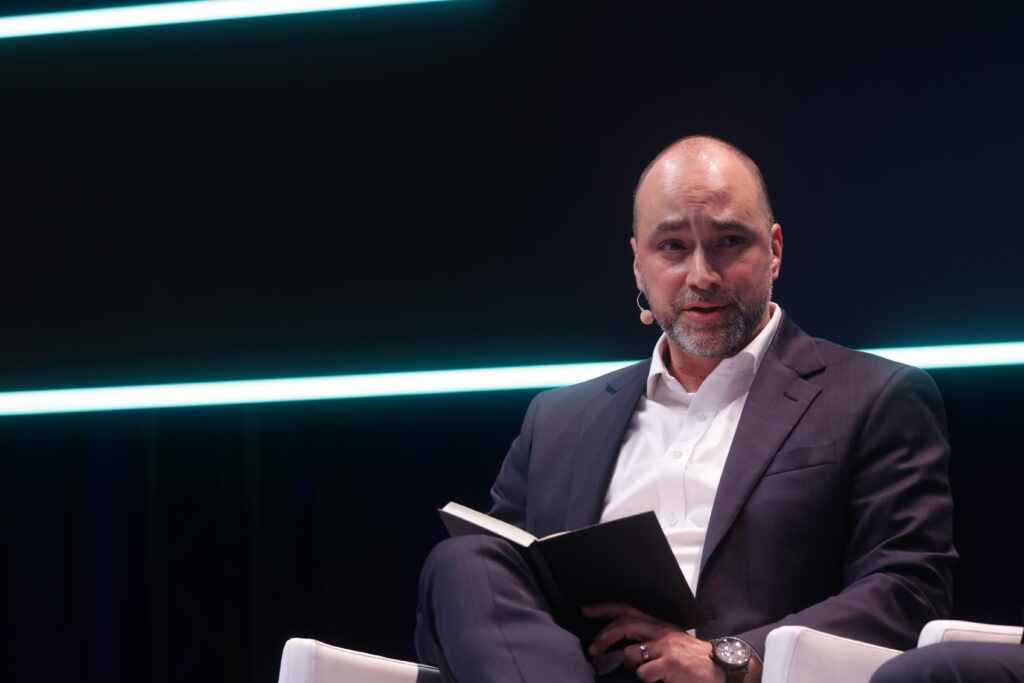
‘Implementation’ of GenAI is a ubiquitous term, noted Sean, with a number of important nuances – whether it’s a tool for personal productivity or a tool for enterprise functional transformation or functional operation. So how can GenAI help us respond and recover in the event of an attack, and why are we discussing GenAI now – what’s different with the GenAI focus?
GenAI is a quantum leap forward, noted Chris – not only can we program it, but it can learn. We have reached a point where it can observe and change the way it acts. And, as Olivier stated, the trend for cyber extortion is rising across the world, with a growing number of attacks on large organisations – manufacturing, financial, public service – and more and more SMEs are also being targeted. Activism is also responsible for an increasing number of concentrated attacks, blurring the lines between state-sponsored actors – it’s cyber criminals becoming more political, and activists becoming more criminal. We’re in a world where GenAI can accelerate those trends.
At Mavenir, we have long protected our customers worldwide (See announcements from Three UK, Proximus and Telenet) against malicious attacks and this year we are seeing an increasing use of GenAI in the attacks. If you take the average fraudster, they will use all the tools they have at their disposal to execute the attack – they are not limited by any technology, they are not limited by any regulation, by any rules – their idea is to generate money or infiltrate an organisation. We are seeing an increasing amount of, for example ChatGPT used as it’s free (almost) as a tool to craft scam attacks.
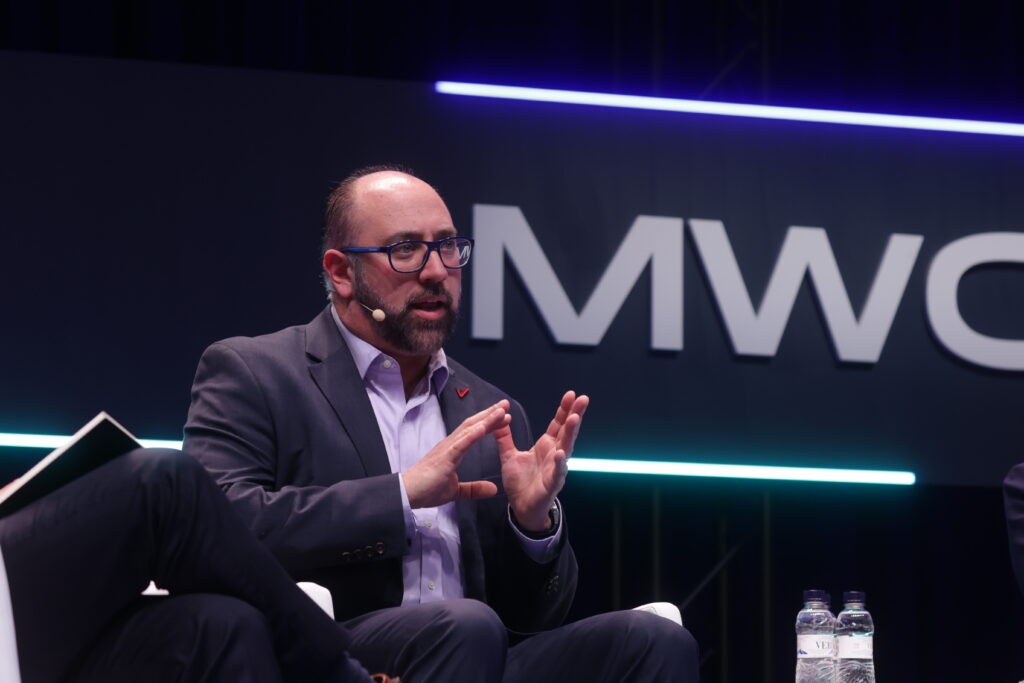
Threat actors, said Chris, operate as a business – they are looking at how to get the most for the least effort – at scale and with additional knowledge, and with GenAI.
GenAI threat in the hands of a malicious user represents a unique threat to the telecom sector as we are facing the challenge of the real time factor of those attacks. Bad actors can take days to craft and programme those attacks with the coding side of GenAI, and launch their attack that we have to detect and prevent in real time. The real time factor is critical in the telco sector.
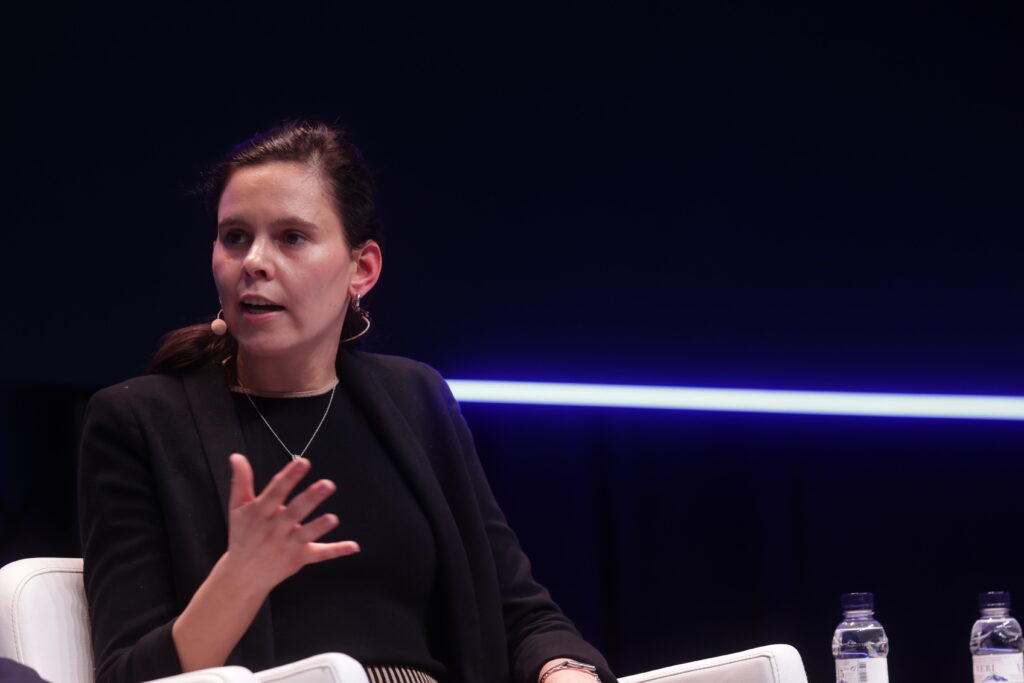
There is also the issue of regulation – telcos are highly regulated businesses and fraudsters and what attackers can afford, we sometimes cannot afford because we deal with privacy, with regulation, and various governmental sectors. Through the telco supply chain, highlighted Elizabeth, there is access to government organisations, to banks – GenAI can make it easier for the cyber criminals to target who they really want to reach.
Telcos are conduit to everything, agreed Chris – all information through connection to a mobile network and there’s a lot of value to an attacker to use that as a conduit to deliver misinformation, disinformation and a chaotic outcome. Therefore, observed Olivier, as the critical infrastructure, telcos have a crucial role in the supply chain and are uniquely positioned to protect and to be targeted.
The discussion moved back to regulatory issues – so looking at what we are dealing with, and what GenAI means this year for us, it’s all about communications. Face-to-face, you can see people’s reactions, you get to know them – as human beings we have multiple feelings with interactions that translate directly into our own minds. With a mobile handset, we convert all our feelings and information into text, voice and sometimes video and therefore that is exactly what is being exploited by the attacker in various types and forms of cyberattacks and fraud.
Protecting customers can mean tapping into that content, and there is a very thin line between privacy and protection. We are working with some governments – the UK, Belgium and Australia are good examples of positive cooperation – to figure out the balance. Sometimes consumers are ready to give away a little of their privacy to be protected – and that is the thin line being discussed by number of regulators. There is still a lot of work to be done – GenAI is a totally new dimension and we have to build that expertise in the industry.
Olivier agreed – the cybersecurity market is always on the move and we have to adapt to that dynamic motion, to improve and accelerate our solutions and upskill teams. Addressing cybercrime is no longer solely a technical response – it’s analysis, it’s business knowledge – it’s a multidisciplinary exercise.
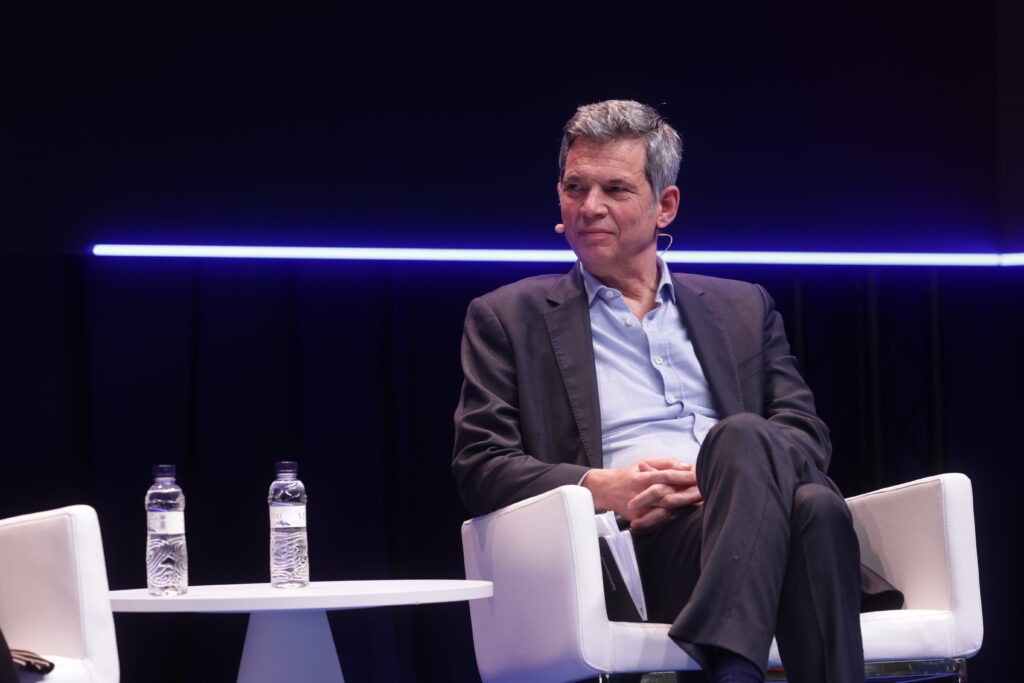
GenAI is a new tool in a new era, and that requires new expertise – we have to understand the mechanics of the attacks and think of creative ways to protect. People engaged in cyber protection need to take a holistic approach. There is GenAI capability in the network, in the cloud, and industry’s approach must change to see the whole picture.
*Blog by Ilia Abramov, VP, GM, Security Business Unit, Mavenir



